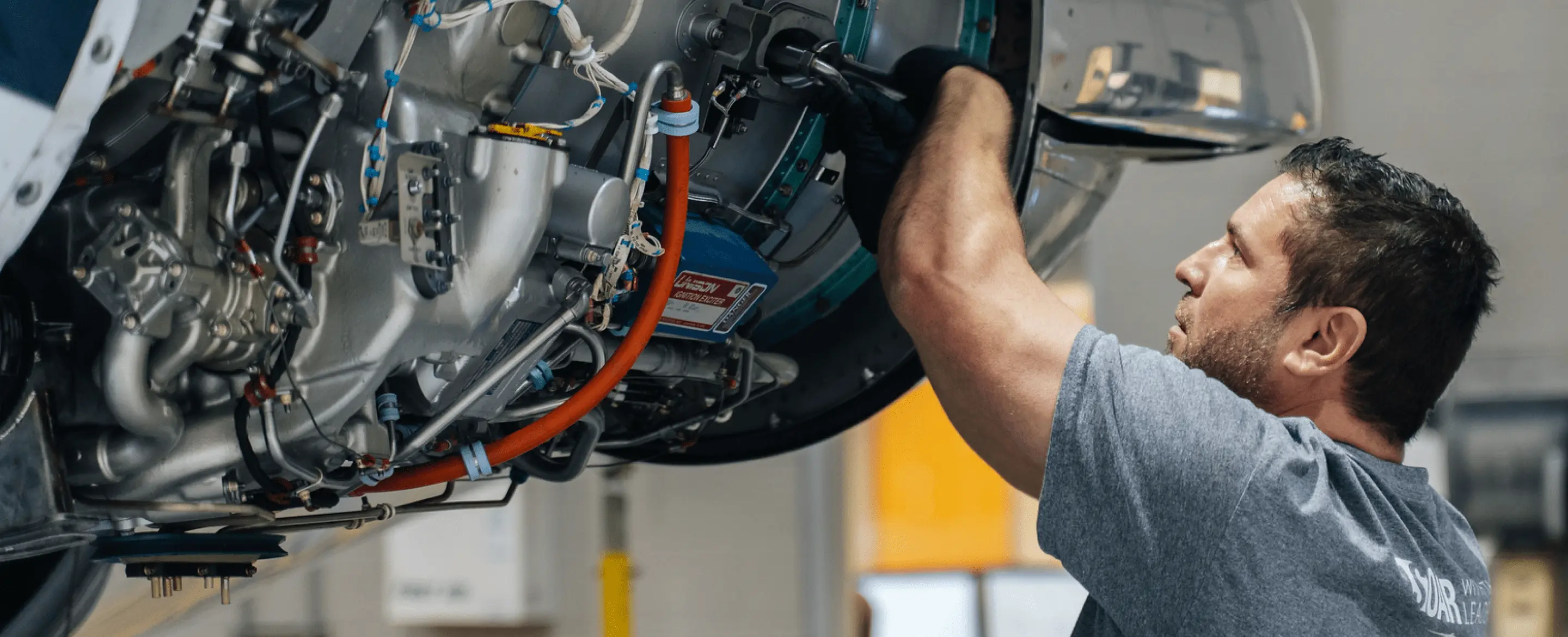
Aerospace Technology
Overview
This course Aerospace Technology BENg (Hons) teaches everything students need to know about planes and spaceships. Students will learn about mechanics, electronics, and how to design and manage aerospace projects. They will develop and analyse engineering technologies, components, and processes used in the aerospace industry.
This course also meets the industry's demand for skilled engineers, opening up diverse career paths like design, manufacturing, MRO engineering, and management.
Besides, the programme's practical and technical focus emphasizes engineering mathematics, aircraft systems, control systems, aerodynamics, aircraft structures and manufacturing, mechanical engineering, and engineering management. This strong foundation offers students the latest software tools and prepares them for a successful career in aerospace design.
Objectives
- Develop a foundation in principles and practices.
- Enhance skills in aerospace systems design, testing, and analysis.
- Prepare students for evolving aerospace sector demands.
- Develop problem-solving, critical thinking, and teamwork skills.
- Prepare students for successful aerospace careers.
Prerequisites
- A strong background in mathematics and physics is essential.
- Proficiency in the English language is required.
- Demonstrated aptitude for engineering and technology.
- Commitment to lifelong learning and personal development.
- Strong communication and interpersonal skills.
- Desire for positive impact.
Curriculum Outline
- Introduction to aerospace engineering and aviation principles.
- Advanced propulsion systems, aerodynamics, and flight mechanics.
- Hands-on experience in aerospace design and manufacturing processes.
- Aircraft design and performance
- Aerospace structures
- Aerospace propulsion
- Flight dynamics and control
- Avionics and flight control systems
- Space systems engineering
- Computational fluid dynamics
- Materials science and engineering
Teaching Method
- Lectures
- Tutorials
- Field trips
- In-class quizzes
- Independent study
- Group work
- Supervision
- Workshops
- Laboratory work
- Practical sessions
- Online learning
Modules
- Fluid Mechanics and Aerodynamics
- Mechanical engineering principles for Aerospace engineers
- Engineering Mathematics
- Electrical and Electronic Engineering principles
- Engineering design
- Aerospace engineering skills
- Aerospace maintenance management
- Aerospace structures
- Avionics systems
- Aircraft systems
- Human factors and safety in Aerospace
- Aircraft Aerodynamics
- UK work placement
- International study/work placement
- Individual projects and research methods
- Individual Aerospace project
- Aerospace concept design and management
- Aerospace prototyping, testing and verification
- Aerospace technology
- Introduction to control and real-time applications
Assessment Methods
- Formal examinations
- Phase tests
- Essays
- Group work
- Presentations
- Reports
- Projects
- Coursework
- Exams
- Individual assignments
Course Duration
This programme may vary depending on the institutions and countries, but the general standard options in the UK are:
- 03 years full-time.
- 04 years of sandwiches.
Facilities
- Wind tunnels
- Six full-scale flight simulators
- Harrier Jet
- UAV workshop
- Composites lab
- Metrology lab
- Electrical/electronics lab,
- Lanchester Library
- Finite Element Analysis
- Aircraft hangars
- Materials testing laboratories
- Computer-aided design (3D CAD)
- Computational fluid dynamics (CFD) tools
- Multibody Dynamic Systems
- Simulation and analysis
Career Pathways
- Aerospace engineer
- Aircraft design engineer
- Systems and propulsion specialist
- Structural Engineer
- Avionics Engineer
- Space Systems Engineer
- Defence Industry
- Automotive Industry
- Research and Development
- Consulting
- Senior leaders
Fees and Fundings
- Tuition fees are £19,850 per year and may vary depending on the institution.
- Scholarships, grants, and financial opportunities are available.
- Government loan aid is available.
Entry Requirements
- HSC minimum 75% or 4.0 / 5.0 of total GPA.
- International Baccalaureate (IB) Diploma: 28 points overall.
- Successful completion of IFY from a UK institution.
- A-Level requirements are outlined on the course page.
- English language requirements (IELTS or TOEFL).
- Strong communication and interpersonal skills.
Field Work and Internships
- Opportunities for industry placements in leading aerospace companies.
- Fieldwork and research projects tailored to real-world aerospace challenges.
Certifications
- Professional Engineer (PE)
- Chartered Engineer (CEng)
- Certified Flight Instructor (CFI)
- Certified Flight Test Engineer (CFTE)
- Certified Safety Professional (CSP)
- Royal Aeronautical Society (RAeS)
- Institution of Mechanical Engineers (IMechE)
- Certified Project Management Professional (PMP)
Intakes
Typically, it takes twice a year (fall and spring), but may vary like:
- Fall (September/October)
- Spring (January/February)
- Summer (May/June)
Student Testimony
“I am genuinely grateful to God Almighty for guiding me to Indiana Aerospace University, where my dreams have become a reality, and I have become a Licensed Professional Teacher. The support and care provided by the university’s Board of Trustees have been invaluable to me and my family.” Says - “Marjorie Cosido Marca.”
Frequently asked questions
International students may need to provide additional documents, such as proof of English language proficiency and visa requirements.

